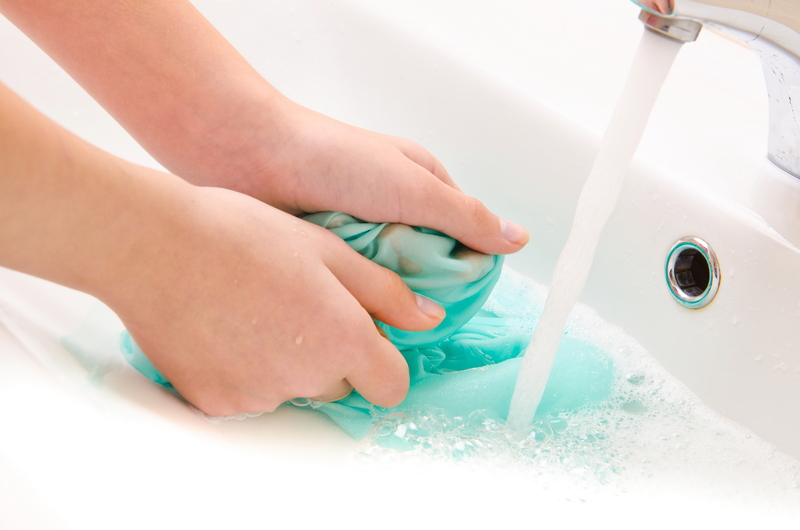Say Goodbye to Burnt-On Residue on Your Stovetop
Posted on 14/11/2024
Are you tired of scrubbing and scraping away at your stovetop, trying to get rid of stubborn burnt-on residue? Look no further, as we have the perfect solution for you. Whether you are a cooking enthusiast or someone who simply uses their stove for basic meals, dealing with a dirty and sticky stovetop can be frustrating. In this article, we will dive into the causes of burnt-on residue and provide you with effective tips to say goodbye to this nuisance forever.
What Causes Burnt-On Residue on Stovetops?
Burnt-on residue on stovetops is a common problem that most people face. The main culprit behind this issue is food particles that have been left behind and cooked onto the surface. This can happen due to spills, splatters, and even from grease splashing while cooking. When these food particles get heated up, they become stuck to your stovetop and create a tough layer that is difficult to remove.
Another cause of burnt-on residue could be using the wrong type of cookware on your stovetop. Non-stick pans that are scratched or damaged can leave a residue on the surface when used for cooking. Additionally, if you use high heat while cooking or don't clean up spills immediately, it can lead to burnt-on residue.

How to Say Goodbye to Burnt-On Residue?
Now that we understand the causes of burnt-on residue, let's look at some effective ways to remove it from your stovetop.
1. Use Baking Soda and Vinegar:
One of the most cost-effective and natural ways to get rid of burnt-on residue is by using baking soda and vinegar. To make a cleaning solution, mix equal parts of baking soda and vinegar in a spray bottle. Spray it directly onto the affected areas and let it sit for 10-15 minutes. Then, gently scrub the surface with a non-abrasive pad or sponge and wipe it clean with a damp cloth. Baking soda is a natural abrasive, and vinegar has acidic properties that help break down the residue.
2. Try Commercial Cleaners:
There are many commercial cleaners available in the market specifically designed to remove burnt-on residue from stovetops. These cleaners contain powerful chemicals that can dissolve tough stains and grease. When using these cleaners, make sure to follow the instructions carefully and use protective gloves as they can be harsh on the skin.
3. Use Heat to Your Advantage:
If you have an electric stovetop, try turning on the burner for a few minutes to heat up the residue. This will help loosen it up, making it easier to scrub off. You can also boil water and vinegar in a pot and let the steam release onto the stovetop. The heat from the steam will also help loosen the stubborn residue.
4. Prevention is Key:
The best way to say goodbye to burnt-on residue is by preventing it from happening in the first place. Make sure to clean up spills immediately and avoid using damaged or scratched cookware on your stovetop. Use low to medium heat while cooking, especially for high-risk foods like sauces and greasy meats.
Takeaways:
- Burnt-on residue on stovetops is caused by cooked-on food particles and using the wrong cookware.
- Natural solutions like baking soda and vinegar can effectively remove burnt-on residue.
- Commercial cleaners and using heat can also be effective.
- Preventing burnt-on residue is crucial - clean up spills immediately, use proper cookware, and control cooking temperature.
Pros:
- Natural solutions are cost-effective and environmentally friendly.
- Commercial cleaners have strong chemicals that can dissolve tough residue.
- Using heat is a quick and easy method.
- Prevention can save time and effort in the long run.

Cons:
- Some commercial cleaners can be harsh on the skin.
- Heat may not work for all types of stovetops.
- Prevention may require changes in cooking habits.
Conclusion:
Burnt-on residue on stovetops is a common problem that can be frustrating to deal with. However, with the right techniques and preventive measures, you can easily say goodbye to this issue. Whether you choose natural solutions or commercial cleaners, make sure to follow the tips mentioned above for a sparkling clean stovetop. With a little effort and regular maintenance, you can keep your stovetop free from burnt-on residue and enjoy hassle-free cooking.









